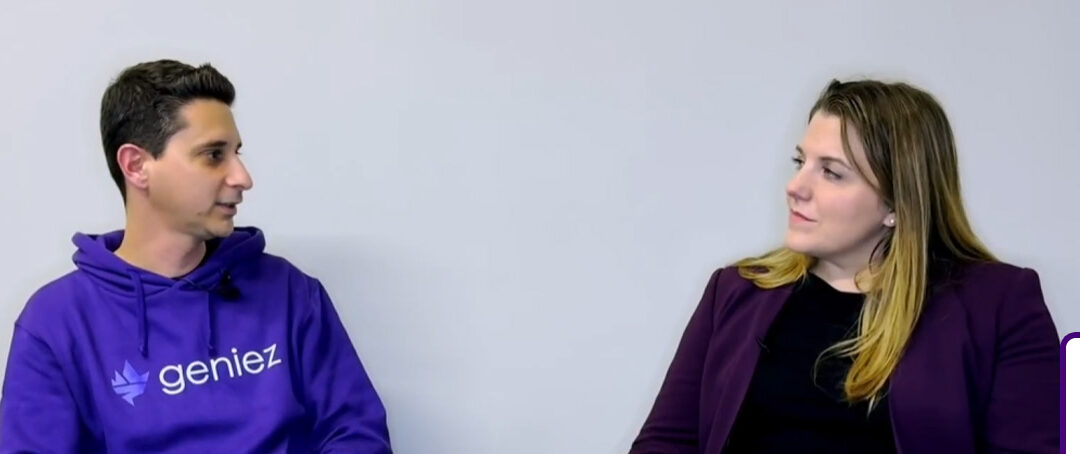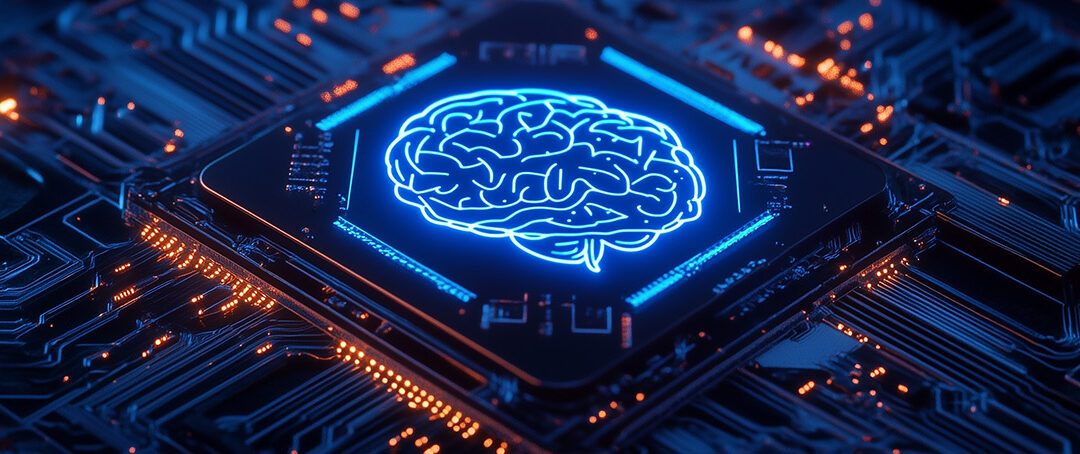Anyone who has been working on mainframes for any length of time knows that things are always changing. Many people can remember when DB2 was new (1983), the client-server period, and the need for Service-Oriented Architecture (SOA). And, I’m sure, can come up with a much longer list. I don’t want to look backwards at old ideas, I want to take a whirlwind look at what’s coming soon to (at least) a presentation near you.
Firstly, there’s edge computing – called that because they’re at the edge of the network. Now in a world of Internet of Things (IoT) devices, it doesn’t make sense for every piece of sensory information coming from these devices to be sent across the network to a mainframe, where a program will look at the data, make a decision, and, perhaps, send a message back to other IoT devices to perform an action. Let’s imagine a massive greenhouse growing early strawberries. An IoT device in one part of this industrial greenhouse identifies a spike in temperature. A message then goes on its round trip to the mainframe and returns telling a different IoT device to open a window. Wouldn’t it make more sense to have some sort of computing power in the greenhouse that could decide which windows needed to open and for how long?
The benefits would be that analytics and knowledge generation take place at the source of the data, making use of devices that may not be continuously connected to the network, such as laptops, phones, tablets, and IoT devices. Edge computing significantly decreases the amount of traffic on the network, can remove potential bottlenecks, can save money (because there is less network traffic), and is much faster.
Secondly, Blockchain as a Service (BaaS) is being talked about more and more. Wikipedia tells us: “Blockchains are secure by design and an example of a distributed computing system with high byzantine fault tolerance. Decentralized consensus can therefore be achieved with a blockchain. This makes blockchains suitable for the recording of events, medical records, and other records management activities, identity management, transaction processing, and proving data provenance.” IBM and Microsoft are keen to be part of the development of blockchain.
IBM’s BaaS is a public cloud service for the building of “tailor-made blockchain solutions” on the IBM Cloud. According to Marie Wieck, general manager for the new BaaS unit: “IBM’s blockchain services are built on IBM’s High Security Business Network and designed for organizations that require blockchain networks that are trusted, open, and ready for business.” Jerry Cuomo, VP of blockchain technology, said IBM is offering a set of cloud services to help customers create, deploy, and manage blockchain networks. This fits in with IBM’s broader strategy to offer a wide range of cloud services to its customers. IBM gave the Linux Foundation’s Hyperledger Project a large part of its blockchain code last year. IBM Blockchain for Hyperledger Fabric v1.0 is now available through a beta program on IBM Bluemix.
Thirdly, everyone is talking about Digital Transformation (DX). A recent White Paper entitled “The Business Value of the Connected Mainframe for Digital Transformation”, sponsored by IBM and CA Technologies explains that: “Modernizing on the mainframe” is about “creating a platform that is integration-ready within the data center and with the outside world”. To achieve this, sites are using Java, Web services, and Service-Oriented Architecture (SOA). They were also making use of internal and external APIs on the mainframe, and using DevOps and Agile development on the mainframe, and utilizing hybrid cloud strategies. The paper concluded that mainframe computing is at a crossroads – it will either continue supporting enterprise operations or it can play an increasingly important role in enterprise digital transformations.
And, fourthly, Docker. IBM has announced that it will deploy Docker Enterprise Edition (DEE) across all its Linux-based systems, including Linux on IBM z Systems, LinuxONE, as well as Power Systems. This will enable IBM to deliver on its goal of moving the app to the data rather than the data to the app.
So, what is Docker? It’s a software container platform. Everything you need to make the software work is packaged into this container. It includes libraries and settings to run on any platform. This way, you get an efficient, lightweight, self-contained system, plus the assurance that the software will always run the same, no matter where it’s deployed. Container architecture introduces a change to how the code behaves with hardware, in effect, it abstracts the application from the infrastructure. It allows developers to collaborate on the development of software while potentially working on completely different hardware platforms.
So, look out for presentations where people talk about edge computing, blockchain, digital transformation, and Docker. And, more importantly, look out for organizations that are implementing them. These are the companies that have the potential to survive into the future by being savvy about which technologies give them a business advantage.








0 Comments